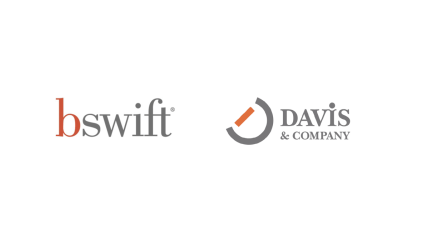
Many employees around the world have been sheltering at home for months. As governments begin to ease social distancing restrictions, organizations have started re-opening their worksites and calling employees back into the office.
This transition is sure to pique many fears for employees who are worried about health and economic stability. And a fearful workforce makes for lost productivity, poor decision making and even irrational behavior.
Most fears and anxieties stem from a lack of knowledge or understanding, either of a current situation or of an unknown future. We can combat those concerns by filling the void with information, acting with empathy and demonstrating a strong leadership presence.
Collaborate with your HR and operations teams to get all the data you need to answer employees’ likely questions so they’re not left in the dark.
Here’s are employees’ common concerns about the return to work, and how to respond:
|
|
|
Employees aren’t on board with the return-to-work plan
|
Help employees regain their sense of control. Counter employees’ uncertainty with facts. Provide clear, to-the-point information that answers employees’ questions directly. |
|
Employees are frightened for their safety in the workplace
|
Reduce employees’ feelings of anxiety. Paint an easy-to-grasp picture of what the workplace experience will look like when employees return. Help them understand what they can do to protect themselves at work. Use plain language and lots of visuals to get the message across. |
|
Employees are exhausted by too much change
|
Let employees know it’s okay to feel distressed. Communicate with empathy to show employees that leaders—and the company—care about their |
|
Employees need to understand how the organization is faring and whether their jobs are stable
|
Build employees’ confidence in the future. Ensure your leaders are highly visible during the return-to-workplace transition. Signal to employees that leaders are in control, have considered all issues and are working hard to steer the organization toward success. Provide leaders with key messages so they all tell a consistent, compelling story. |





